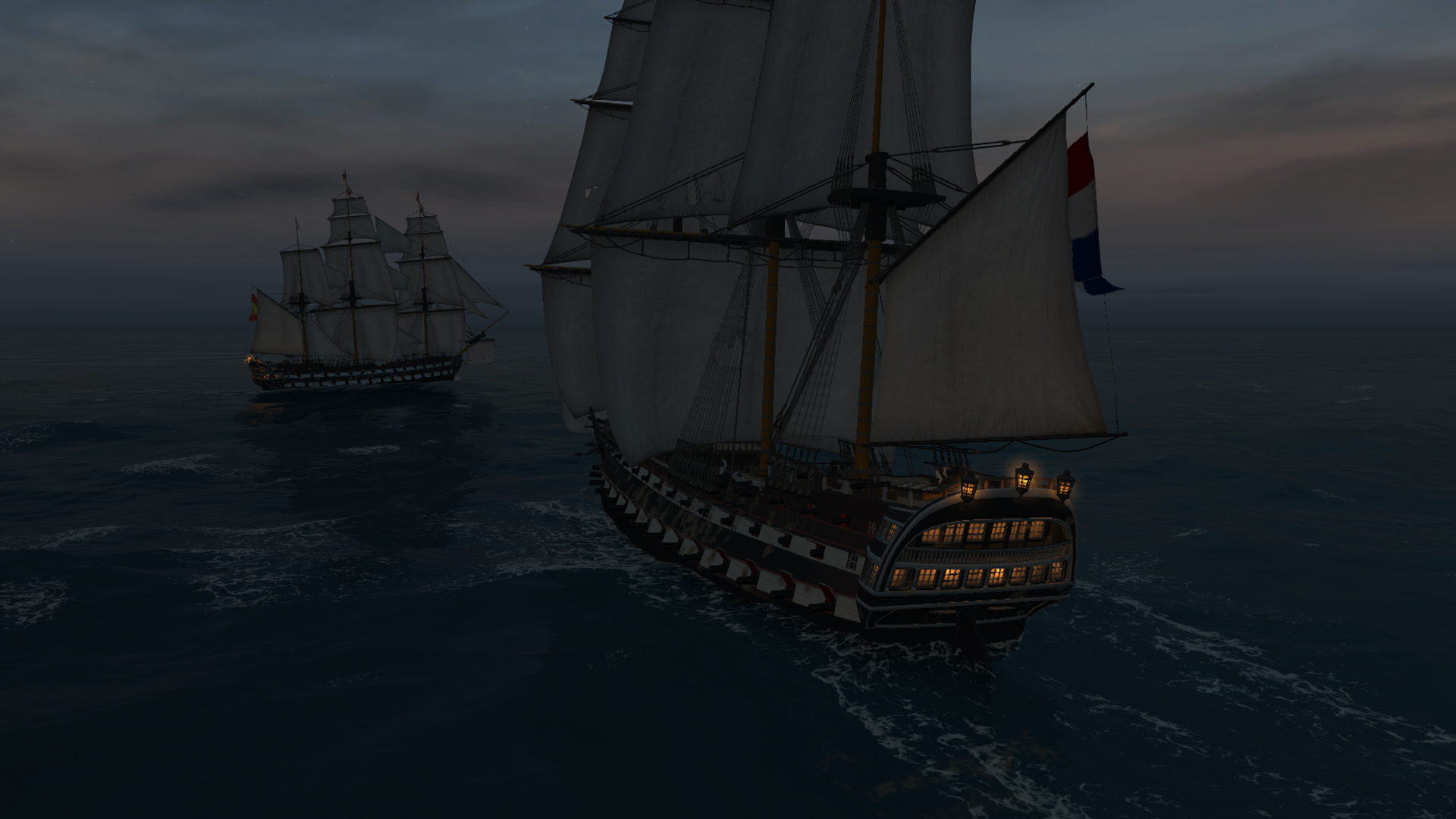

This is where you might need a lot of dice, especially if you are firing a big gun at a wooden vessel at close range. The result is the number of damage dice that are rolled (Note: you always get to roll at least one damage die, even if the armor rating is greater than the modified gun rating).

The gun rating is listed on the attacking ship's form and is modified based on range and if the gun is firing shot or shell. If the target is hit, the armor rating for the location is subtracted from the modified gun rating for the firing gun. The location roll can also be modified if firing through the bow or stern arcs of the target, which prevents cases of hitting the bow of a ship when firing from the stern aspect. The location numbers are shown on the target ship's form, so there is some variation between ships. If the modified roll is equal to or greater than the Hit Number the target ship is hit and the location die is used to determine what part of the target is hit. The player declares if they are firing solid shot, shell, or grapeshot and rolls a hit die and location die, with the hit die result being modified by various game, firer, and target conditions.

Each group has a set close, medium, and long range, which determine the Hit Number. Guns are broken down into light, medium, heavy smoothbore or rifled guns, and mortars. Gunnery: Cannon fire in the game is pretty easy. Once you are familiar with the rules, you really only need the player aid chart and ship forms to play the game. The game includes a really good player aid page (which is easy to print out) that lays out all the game information in a clear manner. The turn sequence is straightforward it starts with writing speed orders for the turn (this is just writing down how fast a ship will go for the turn, not actually plotting movement), followed by combat (cannon fire, musket fire, boarding/melee), then movement, and finally morale checks and repairs. Usually you will only need one or two dice, but there might be times during damage checks when you will need a handful of them. The game uses D10s for resolving combat and other actions. There are multiple forms for many of the ships that show changes in armament while in service. There are over 500 pages of forms (generally with two forms on a page) included in the game covering pretty much every ship involved in the American Civil War (at least the ones that fought in battles or are mentioned in the various histories) and a number of forts and shore batteries. The Under Both Flags module adds six scenarios, a scenario generator, and the forms for the ships. The basic rules are 40 pages long, which include charts, an example of play, and conversion information for 1/1200 scale.

These rules are designed for use with 1/600 scale waterline models but include options for use of 1/1200 scale models. Sail and Steam Navies is a miniatures rules system for fighting naval battles during the period of 1840 to 1880.


 0 kommentar(er)
0 kommentar(er)
